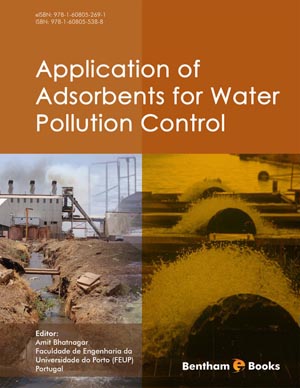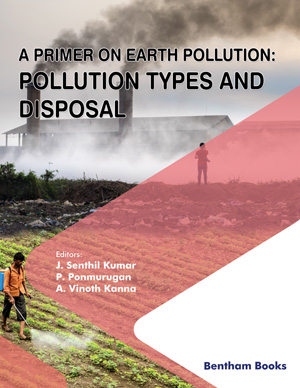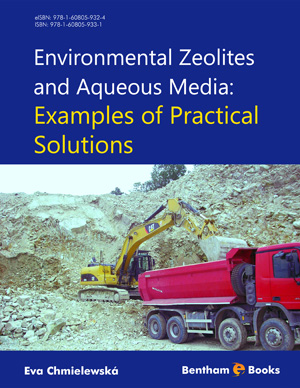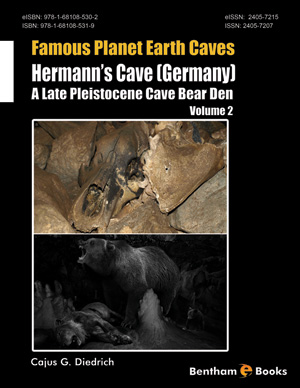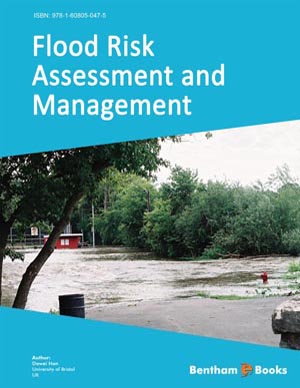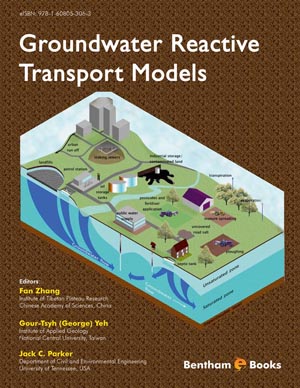Abstract
In this study, the use of a common clay mineral, montmorillonite and its modified derivatives for adsorptive removal of toxic heavy metals from aqueous system has been reviewed. The modification of clay was primarily done by pillaring with various polyoxy cations of Zr4+, Al3+, Si4+, Ti4+, Fe4+, Cr3+ or Ga3+, etc. Some quaternary ammonium cations, viz, tetramethylammonium-, tetramethylphosphonium-, trimethylphenylammonium-, etc. are also used for pillaring purposes. Moreover the acidactivation of montmorillonite is also reported. The adsorption of toxic metals, namely, Cd, Cr, Co, Cu, Fe, Pb, Ni, Zn, etc. have been studied predominantly. Various experimental parameters, like, pH of metal solution, amount of montmorillonite, initial metal ion concentration, interaction time, temperature, etc. are considered for adsorption process. Application of models as given by the Freundlich, Langmuir etc. has been shown by many authors and these have also been reviewed. The review aims to give a comprehensive picture on the studies of isotherm of adsorption for metal removal on montmorillonites during the last few years.
Keywords: Clay mineral, Colloid, Isomorphic substitution, Montmorillonite, Acid-activation, Intercalation, Pillaring, Cation exchange capacity, Surface area, Swelling, Surface acidity, Metal ion, Adsorption, Adsorption capacity, Isotherm model, Freundlich adsorption capacity, Langmuir adsorption capacity, Ion exchange, Kinetics, Mean free energy.


